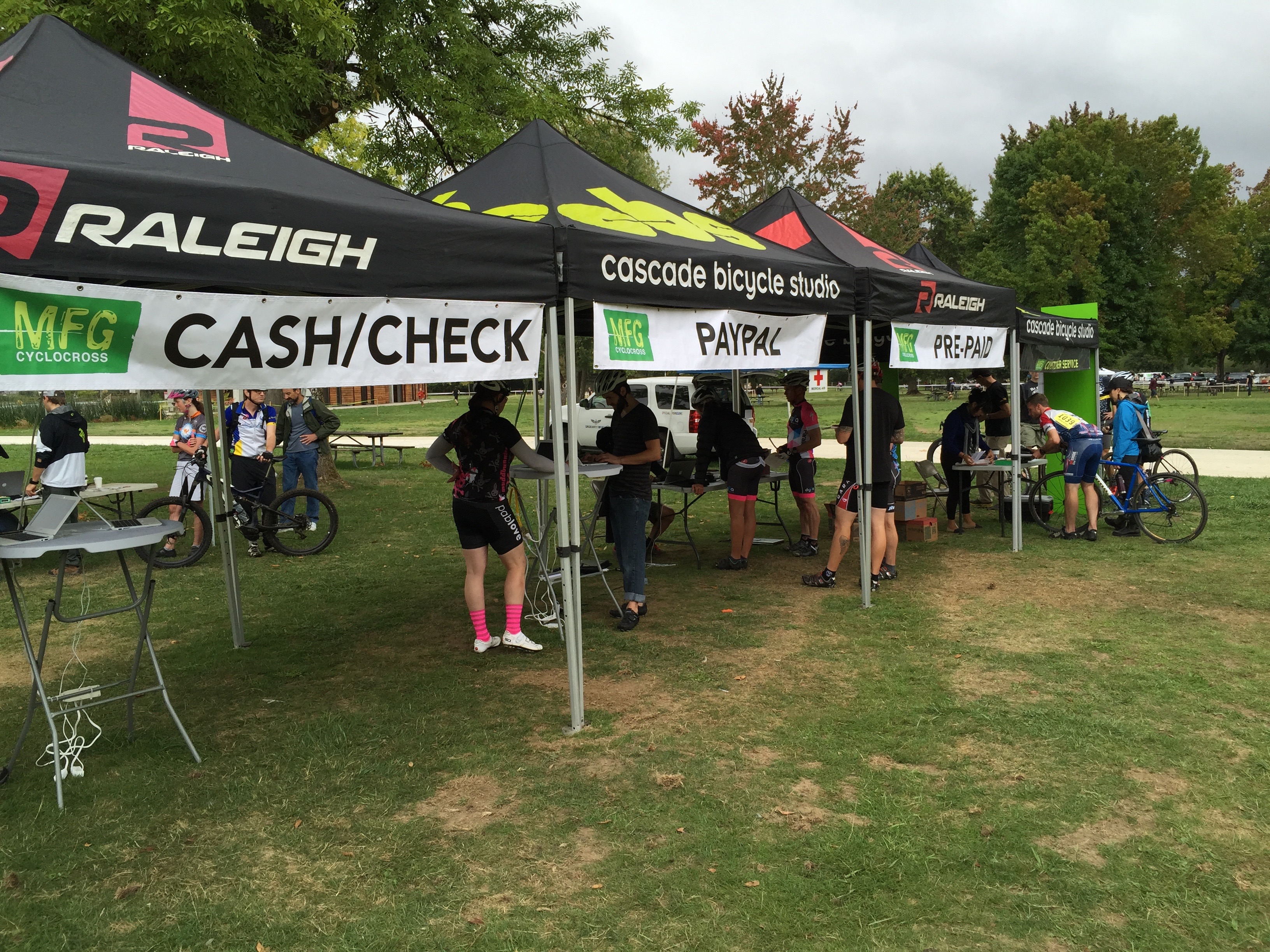The new LLRP chip-timing support in Webscorer PRO 2.1 was thoroughly tested at the 2nd biggest cyclocross series in the world - MFG Cyclocross in Seattle, WA. A total of 42 heats in 6 day-long events across 28 categories and 1755 racers:
http://www.webscorer.com/mfgpresents
Cyclocross is arguably the most challenging race format for timing:
- Two of the events had more than 1050 racers
- Wave starts by category (of up to 102 racers per wave)
- Each racer doing 4-8 laps
- Lap length is just 6-8 minutes
After years of trial & error, they’ve perfected the RFID chip / antenna end of things to near 100% reliability - Webscorer adds the online & onsite registration, lap counting, lap times, website results & automated series points calculation.
Here’s their RFID setup (pricing in USD):
$1,905 - One Impinj 4-port RFID reader
http://www.atlasrfidstore.com/impinj-speedway-revolution-r420-uhf-rfid-reader-4-port/
$1,608 - Four Impinj threshold antennas
http://www.atlasrfidstore.com/impinj-threshold-lp-indoor-rfid-antenna/
$52 - Four LMR-195 20-ft antenna cables
http://www.amazon.com/Times-Microwave-Connectors-LMR-195-Antenna/dp/B00K8AVRQ8
$10 - One Ethernet Cat5e cable 50-ft
http://www.amazon.com/Mediabridge-Cat5e-Ethernet-Patch-Cable/dp/B001W26TIW/
$16 - One Power-over-ethernet adapter
http://www.amazon.com/TP-LINK-TL-PoE150S-Gigabit-Injector-compliant/dp/B001PS9E5
$38 - One Linksys WiFi router
http://www.amazon.com/Linksys-Wireless-Including-Parental-E1200/dp/B004T9RR6I
$3,629 - RFID system cost
Use this code to get up to $50 off shipping costs when ordering RFID equipment from AtlasRFIDstore.com: Webscorer50
Overhead truss system:
The antennas are placed overhead in a custom-made truss system that provides for an 8-meter wide finish:
$520 - Two Global Truss USA ST-132 med duty lift towers
$920 - Four segments of Global Truss F32 I-Beam Truss
$1,440 - Truss system cost
They use a custom-made reusable RFID chip that does not contain a battery (picture attached) attached to the rider’s helmet. We had 100% tag detects with up to 80 riders going under the antennas as a peloton at the start. The chips cost $5 each in low quantities - $4 each with volume discounts. This is the key to the affordability of the setup - active RFID chips (with a battery) cost typically $30 or more per chip. And no anxiety for the riders about when the chip battery runs out.
Key benefits of this setup:
1. Each chip contains two RFID tags for better detection & redundancy (programmed to the same chip ID)
2. For 100% waterproofing, the tags are placed inside a sealed plastic tube
3. Chip location in the helmet prevents interference from metal parts of the bike
4. The chip will pass very close (within 4-5 feet) of the antennas for reliable reads
5. Orientation of the antennas (pointing down) provides better timing accuracy:
- The antennas will read the chip +/- 2 feet of the antenna at helmet height
- A rider traveling at 22 miles/hour will cover 3.3 feet in 0.1 seconds
- Hence timing accuracy is roughly 0.1 seconds
- The order of finish is correct unless riders are within 3 feet (a bit more than a wheel-length apart)
This is a well-tested RFID setup for mountain-biking, cyclocross and road biking events - which are often most challenging to time with chips.
And cost-effective:
- Use best-of-breed RFID reader & antennas acquired without a middleman
(both MyLaps and ChronoTrack use Impinj RFID readers)
- Dual-tag chips that cost a fraction of the expensive active chips with a battery
(we're working with the chip inventor to make these available for sale online via Webscorer.com soon)
- Webscorer PRO running on an iPad or Android reduces the registration, timing & results costs
PHOTO 1: 4 Impinj antennas attached to the overhead structure, spaced evenly across the 8-meter wide finish / lap lane
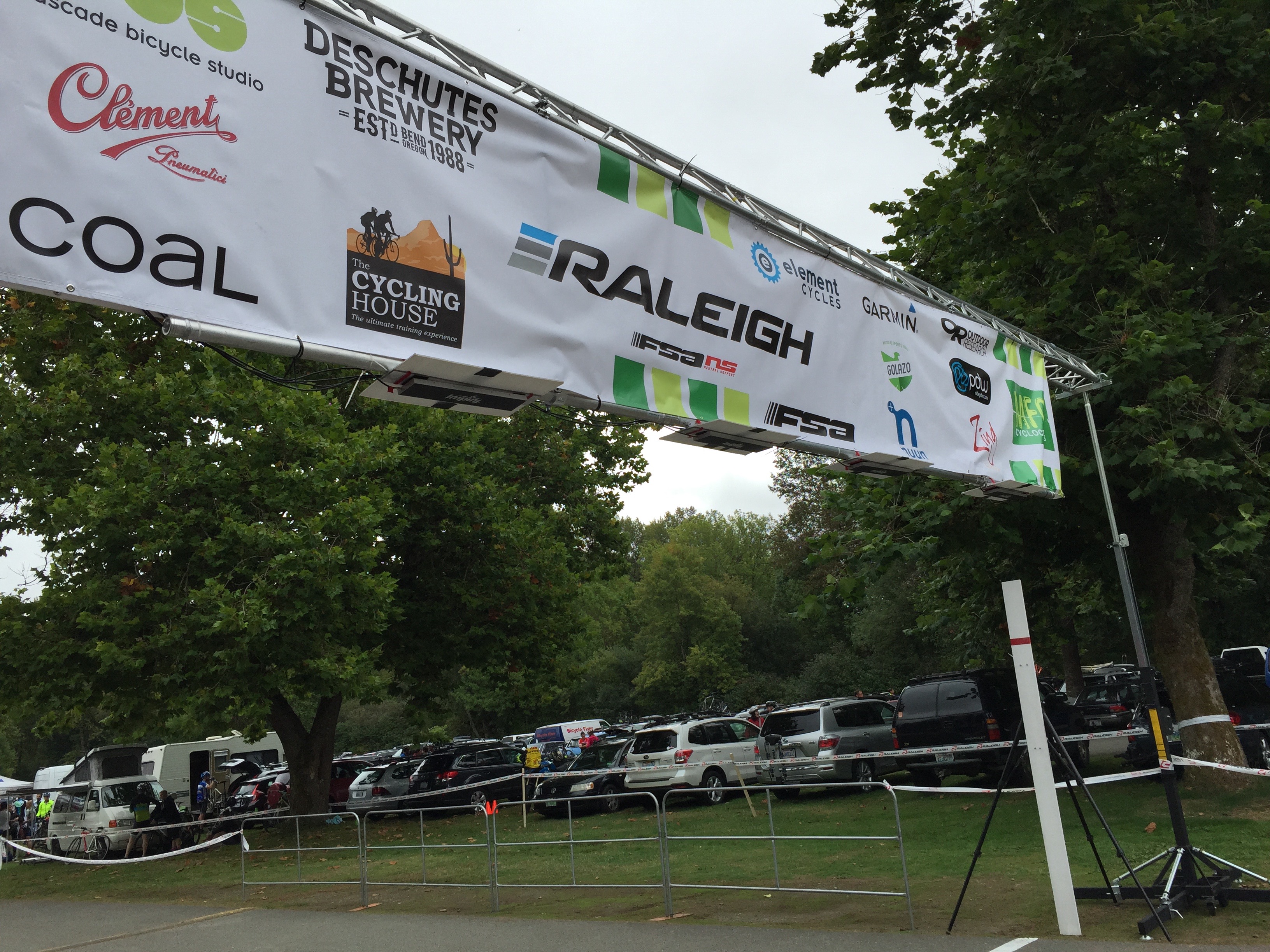
PHOTO 2: The chips are attached to the riders' helmets with zip-ties
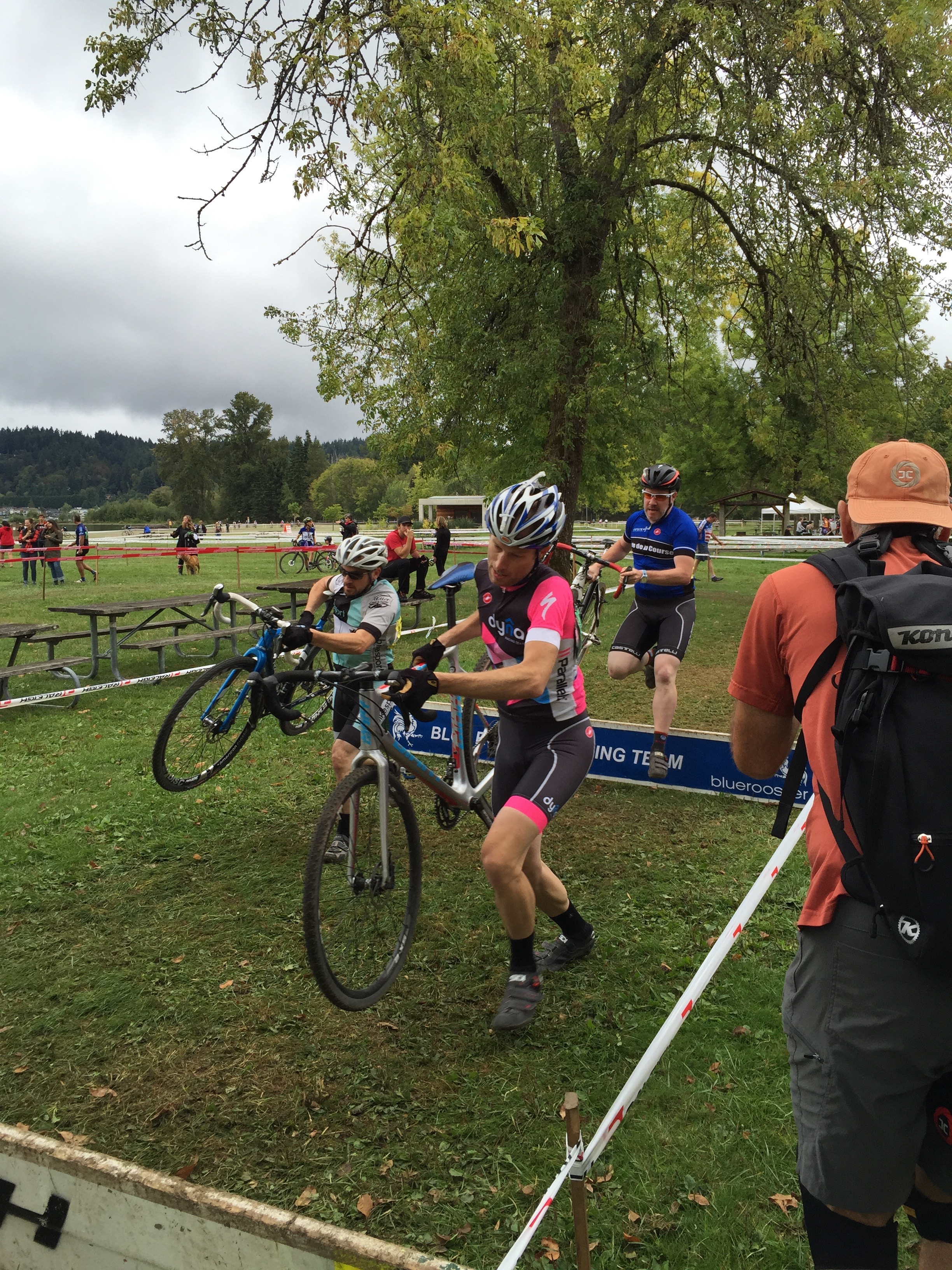
PHOTO 3: Wave starts by category of up to 80 riders
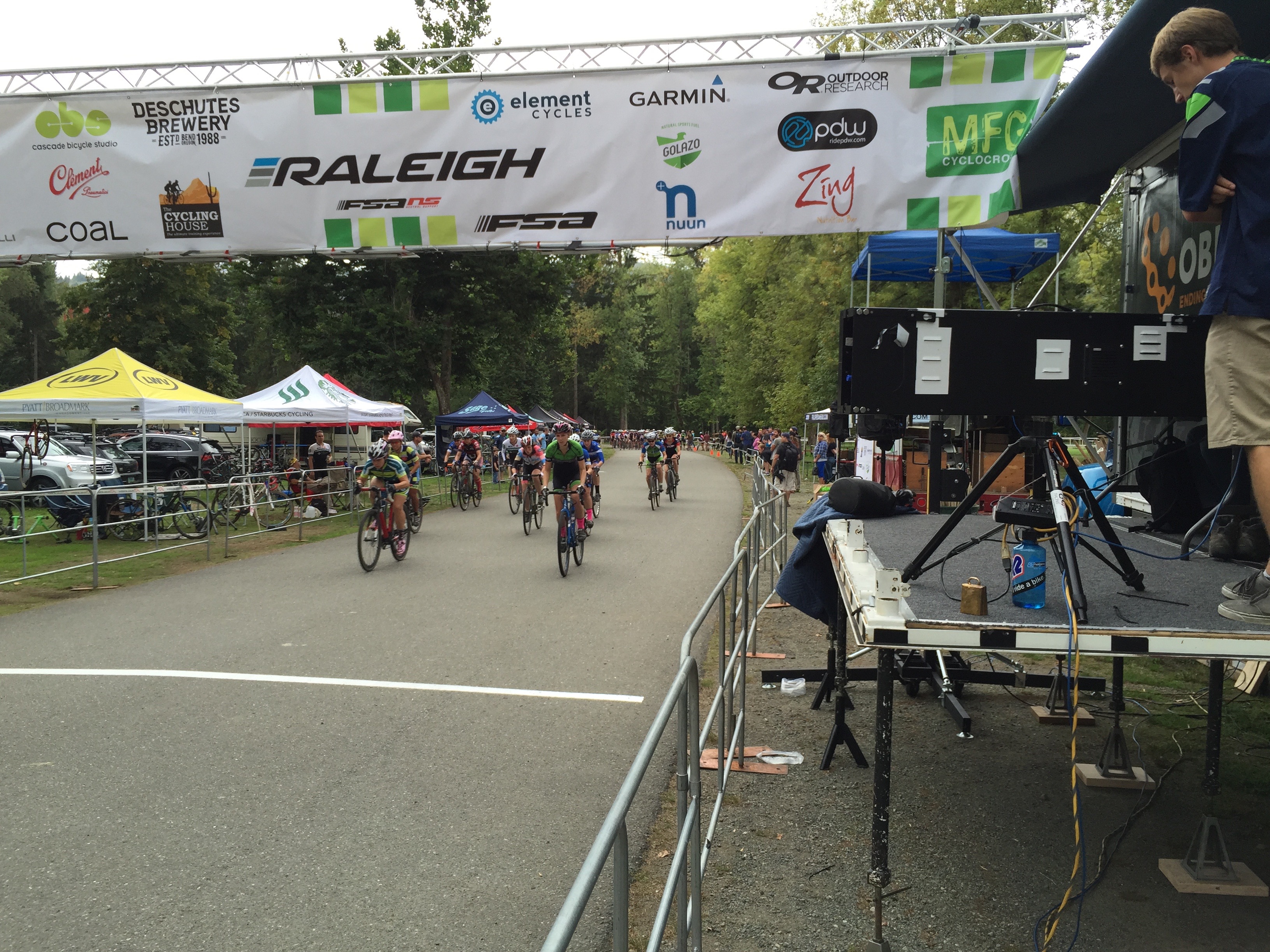
PHOTO 4: Custom-made RFID chips in a waterproof housing
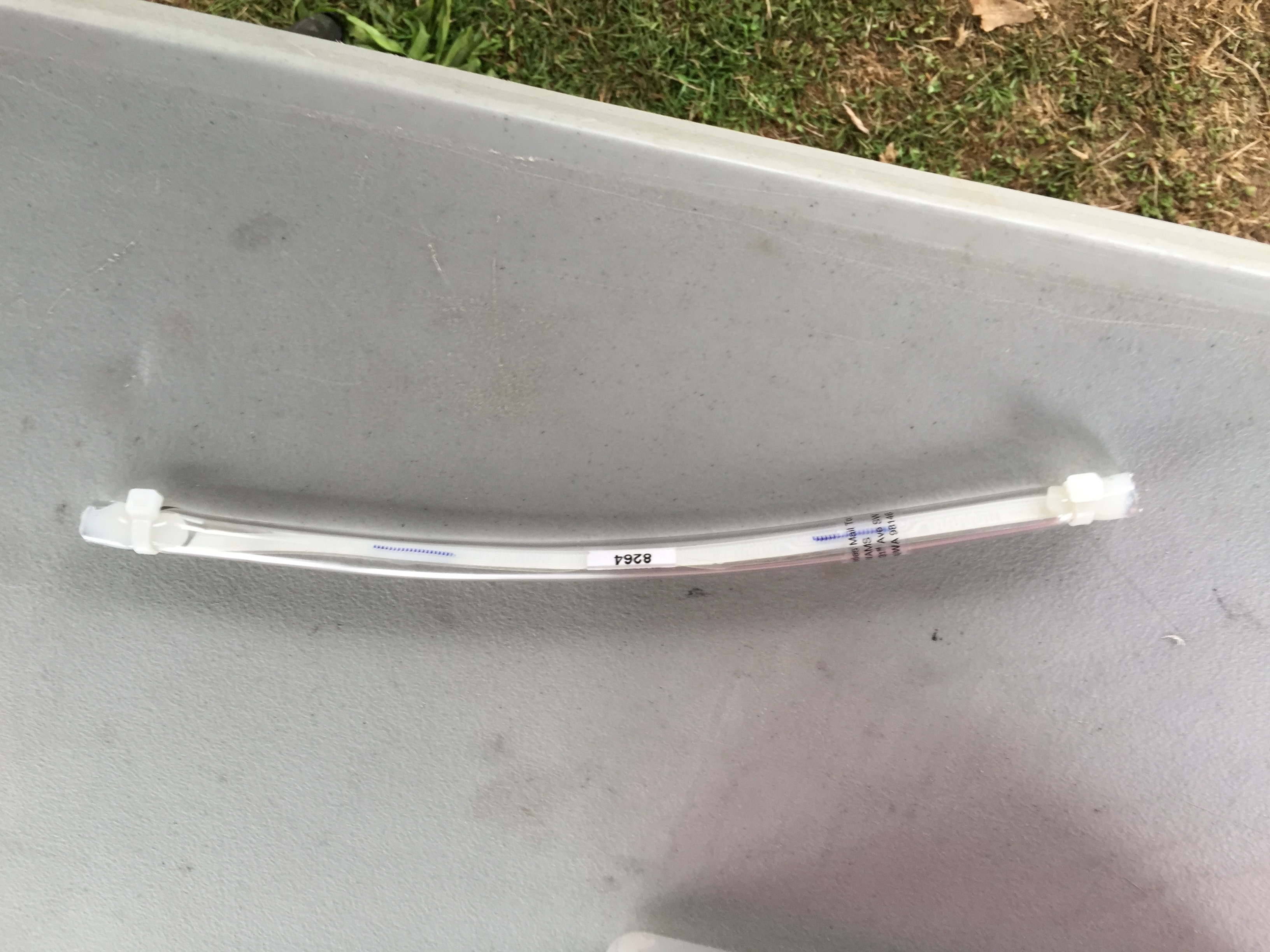
PHOTO 5: The Impinj reader located close to the antennas to minimize the power loss to antennas
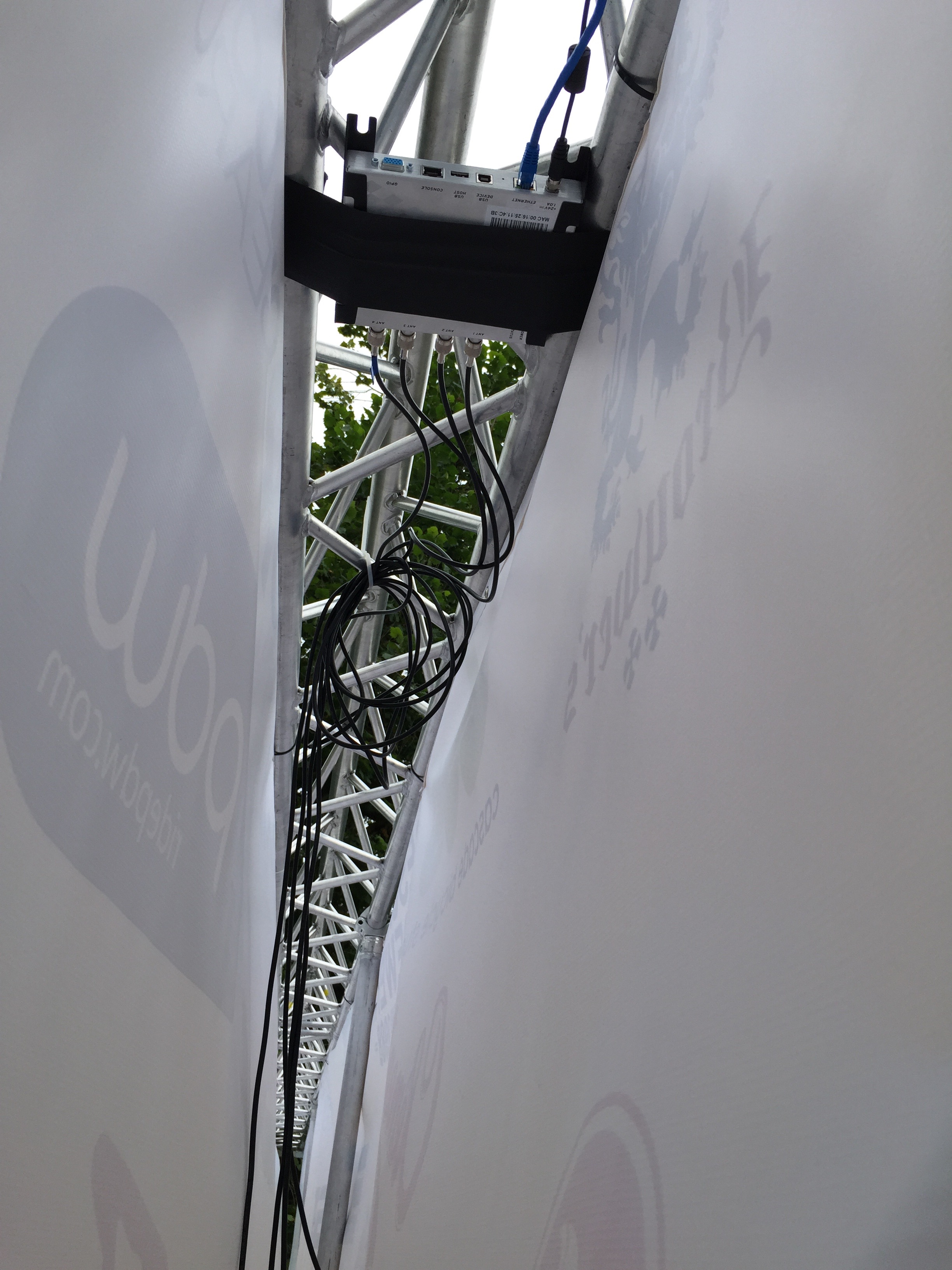
PHOTO 6: Timing crew monitoring chip detects on the iPad screen (WiFi router is on the table)
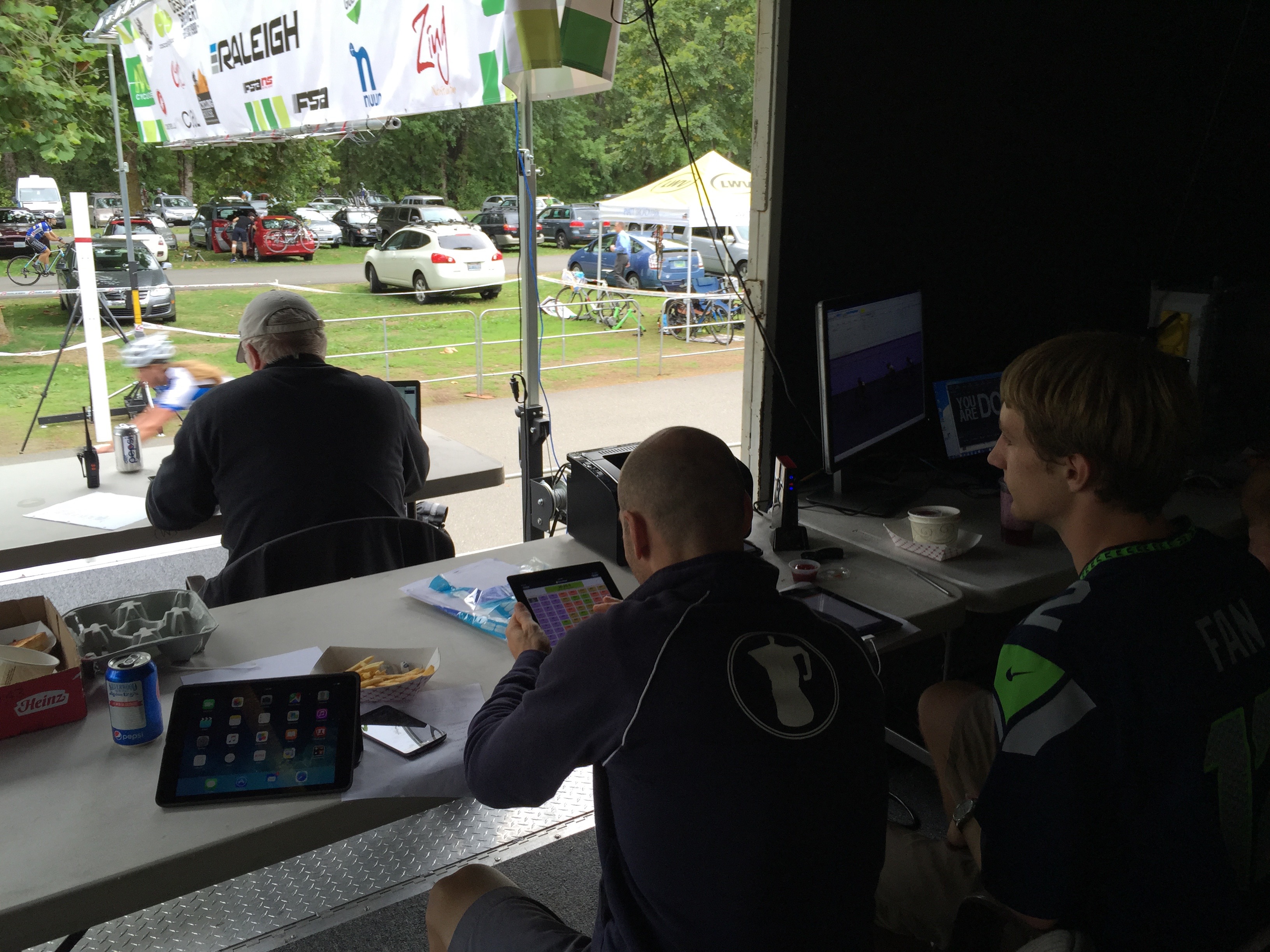
PHOTO 7: Racers line up to do online self-registration and pick up their bib & chip
